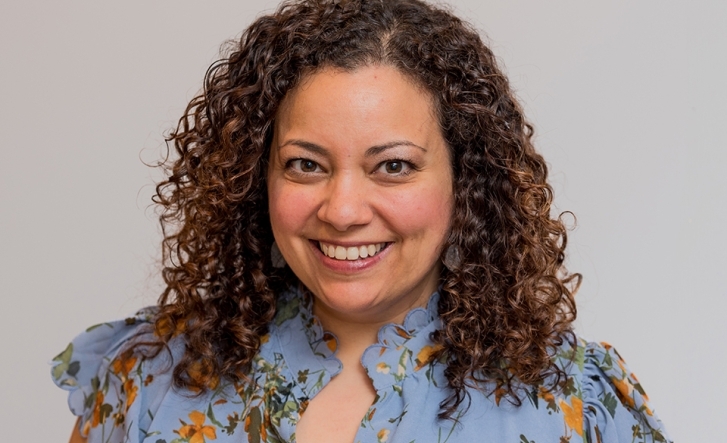Education Alumnus Authors Children’s Book that Celebrates Diversity
A St. John’s University triple alumnus and special education teacher recently penned a children’s book that aims to help young readers embrace and cherish the diversity within their own and others’ families.

A St. John’s University triple alumnus and special education teacher recently penned a children’s book that aims to help young readers embrace and cherish the diversity within their own and others’ families.
Jorge Santos ’10CPS, ’12G, ’18GEd wrote Soy Bella as an ode to the Latin American identity. The main character, Annabella, is a curious child, wanting to learn more about her family and the diversity she sees in her Latina heritage. Everyone calls her “Bella,” which means beautiful in Spanish. Bella notices how different her sisters are in various ways, especially their skin tones and other aspects of their physical features. She goes on to discover the beauty and diversity of the Latina culture.
The book strives to motivate children ages 3–8 to explore on a basic level the history and culture of their families. It also helps young children recognize the beauty inherent in different life experiences, according to Mr. Santos, who teaches at Metropolitan Expeditionary Learning School, in Queens, NY.
“The main concept that I want young readers of Soy Bella to understand is that we are all beautiful, regardless of how we look, and we should always embrace our differences. The story is meant to empower self-esteem and identities, but also to capture the history and beauty of Dominican and Puerto Rican culture,” said Mr. Santos, who was born and raised in New York City, and is the son of immigrant parents from the Dominican Republic. “It’s important for young children to embrace who they are and to understand their identities, especially when books empower their historical significance.”
“I wrote this story especially for girls to understand that they have the power to change the world into something better,” Mr. Santos said.
He did not have to search very far to find inspiration for the creation of his main character. “Bella is based on several of my family members,” Mr. Santos explained. “The identities of Bella and her siblings are a tribute to various women in my life, including my mother, grandmothers, and many women from different generations in my family.”
Mr. Santos’s desire to write Soy Bella was fueled by what he perceives as a lack of “diverse literature” currently available to young students. “For me, personally, I didn’t see enough stories that represented my experience as a Latino.”
“Once I entered the classroom as a teaching professional and saw the limited representation of diversity in literature, I knew I wanted to write books for students,” said Mr. Santos, who holds a Master of Science degree in Adolescent Education from The School of Education at St. John’s. He also earned a Master of Arts degree in Criminology and Justice from St. John’s College of Liberal Arts and Sciences, as well as a Bachelor of Science degree in Legal Studies from the College of Professional Studies (now The Lesley H. and William L. Collins College of Professional Studies).
Mr. Santos credits St. John’s University with providing him an opportunity to earn degrees in the fields of education and criminology. “Both fields have allowed me, as an educator, to create spaces of joy, laughter, and acceptance. Each student should enter my class and know they are accepted and will get the support to learn and succeed, regardless of what barriers are in the way. We will work together to overcome that together.”
Mr. Santos’s previous professional experience includes working as a Restorative Justice Coordinator at Middle School 839 in the Windsor Terrace neighborhood of Brooklyn, NY. “My work as a restorative justice coordinator was to create spaces of community and foster a sense of belonging for students,” he said. “It’s a role where I supported schools and students to build relationships. As a restorative justice coordinator, I focused on the social-emotional development of students, and with an antiracist lens, think about what structures can be dismantled to create an equitable learning space.”
“This is something that motivates my writing, as well, because I believe students should see themselves in literature. I hope to continue working on books so that students in classrooms see parallels between their lives and my stories.”




